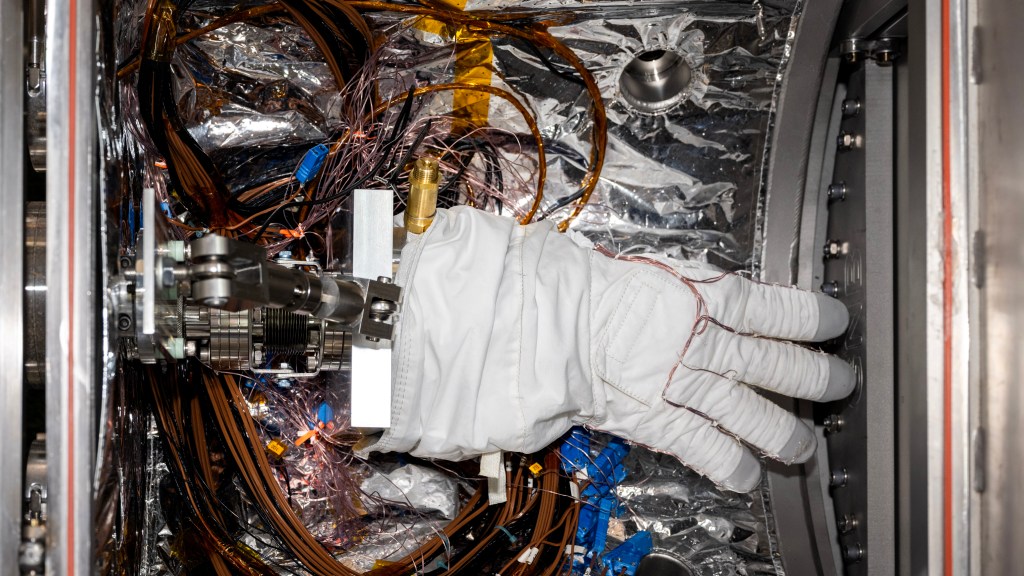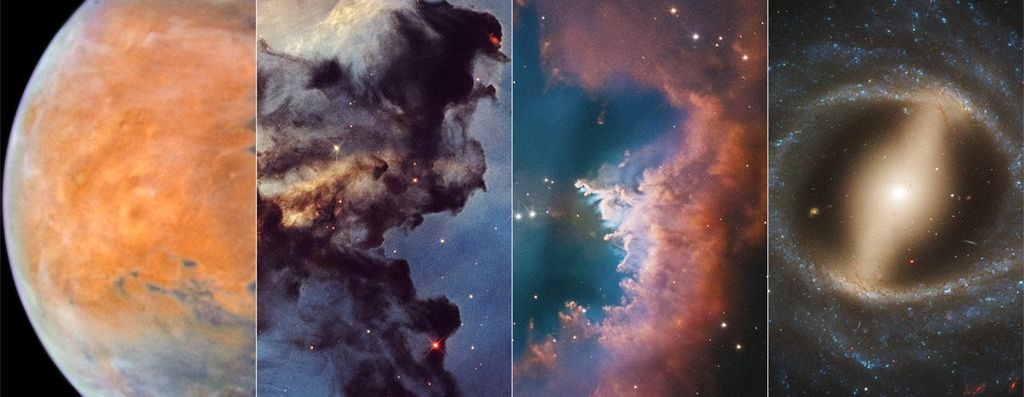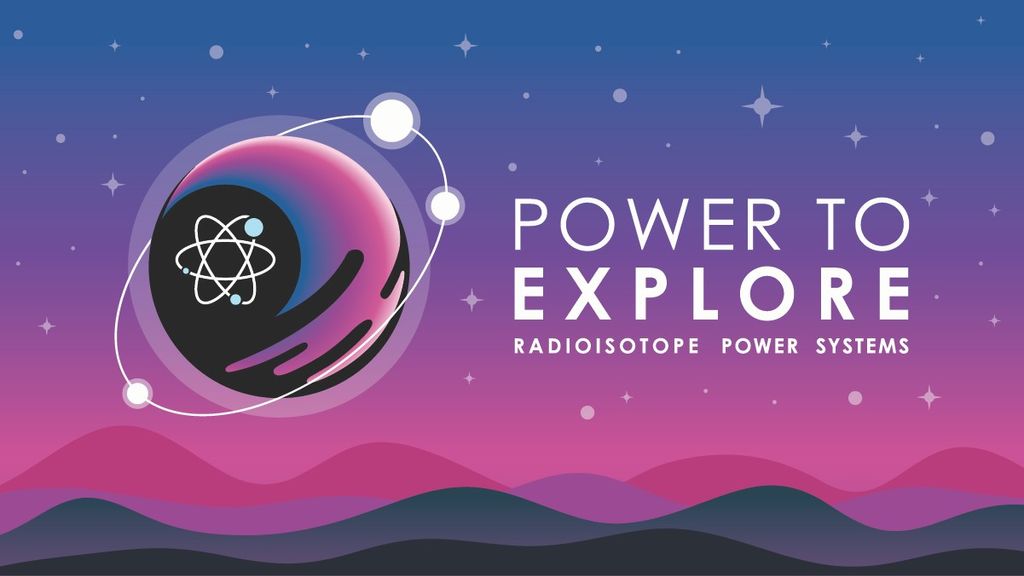BPS-funded PI Douglas Matson co-authors an article published in npj Nature 05/25/2023.
Biological and Physical Sciences (BPS)-funded principal investigator (PI) Douglas Matson/Tufts University is co-author on an article published May 24, 2023 titled, “Uncertainty analysis and performance evaluation of thermophysical property measurement of liquid Au in microgravity” in the peer-reviewed journal npj Microgravity, Article 38 (2023). This effort was funded by ESA and DLR Köln under ESA MAP AO 2009-0894 for the LIPHASE project and NASA under the grants NNX17AH41G, 80NSSC19K0256 and 80NSSC23K0573. Additional support provided by Michael SanSoucie, Brandon Philips, Glenn Fountain, and Trudy Allen of the NASA MSFC ESL facility, collaborative support by JAXA Tsukuba Space Centre team members through access to the ISS-ELF facility and support of the TEMPUS team at the Institut für Materialphysik im Weltraum at DLR with the preparation and performance of the experiments in the TEMPUS facility.
Abstract:
A new method for quantifying facility performance has been discussed in this study that encompasses uncertainties associated with thermophysical property measurement. Four key thermophysical properties: density, volumetric thermal expansion coefficient, surface tension, and viscosity of liquid Au have been measured in microgravity environment using two different levitation facilities. Levitation experiments were conducted using the Electrostatic Levitation Furnace (ELF) onboard the International Space Station in Argon and air, and the TEMPUS Electromagnetic Levitation (EML) facility on a Novespace Zero-G aircraft parabolic flight in Argon.
The traditional Maximum Amplitude method was augmented through the use of Frequency Crossover method to identify the natural frequency for oscillations induced on a molten sample during Faraday forcing in ESL. The EML tests were conducted using a pulse excitation method where two techniques, one imaging and one non-imaging, were used to study surface oscillations. The results from both facilities are in excellent agreement with the published literature values. A detailed study of the accuracy and precision of the measured values has also been presented in this work to evaluate facility performance.
































